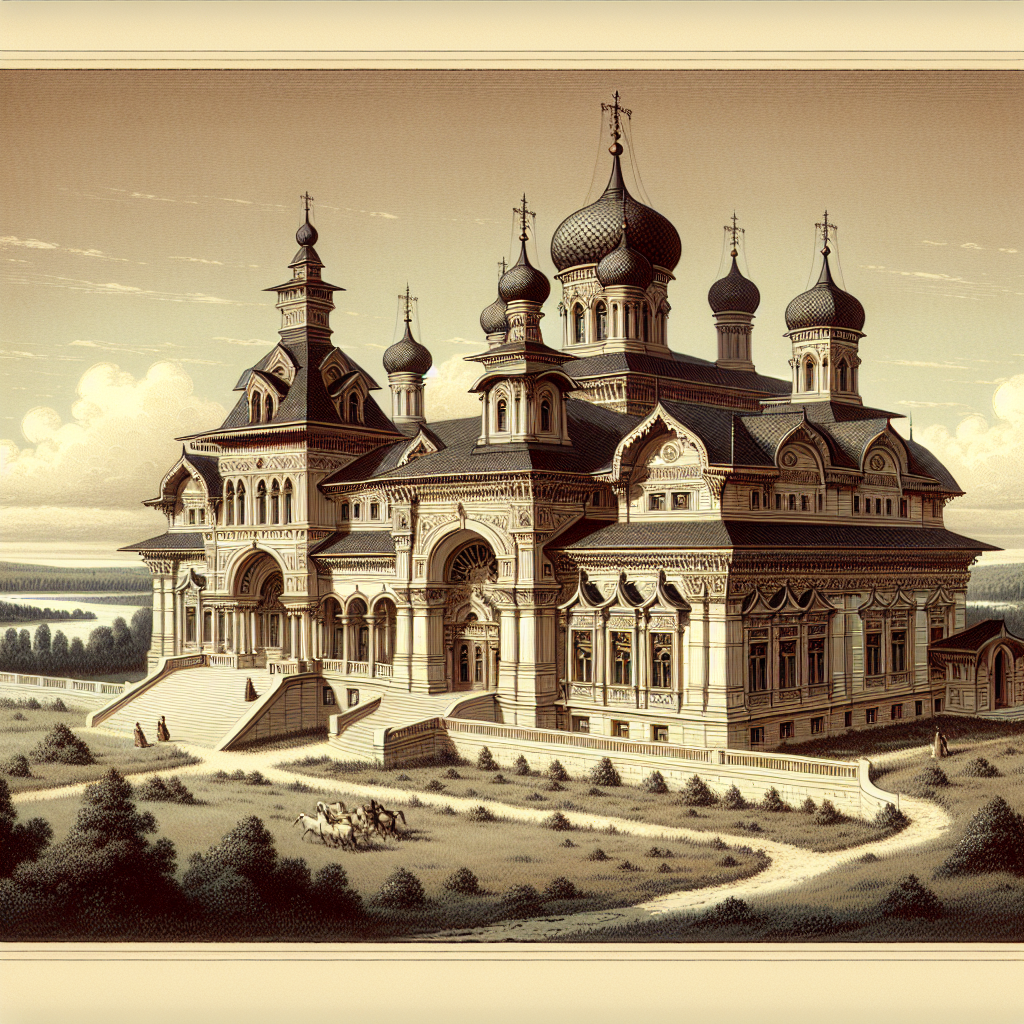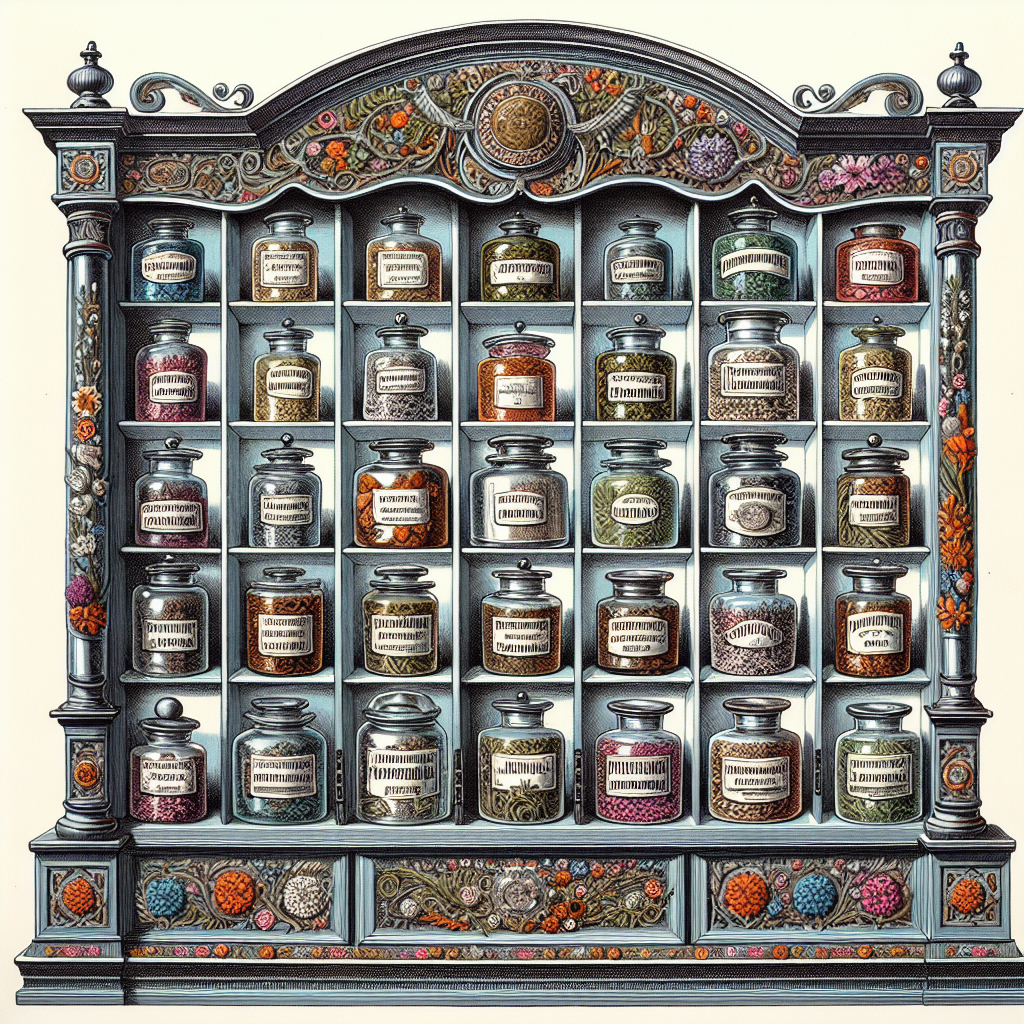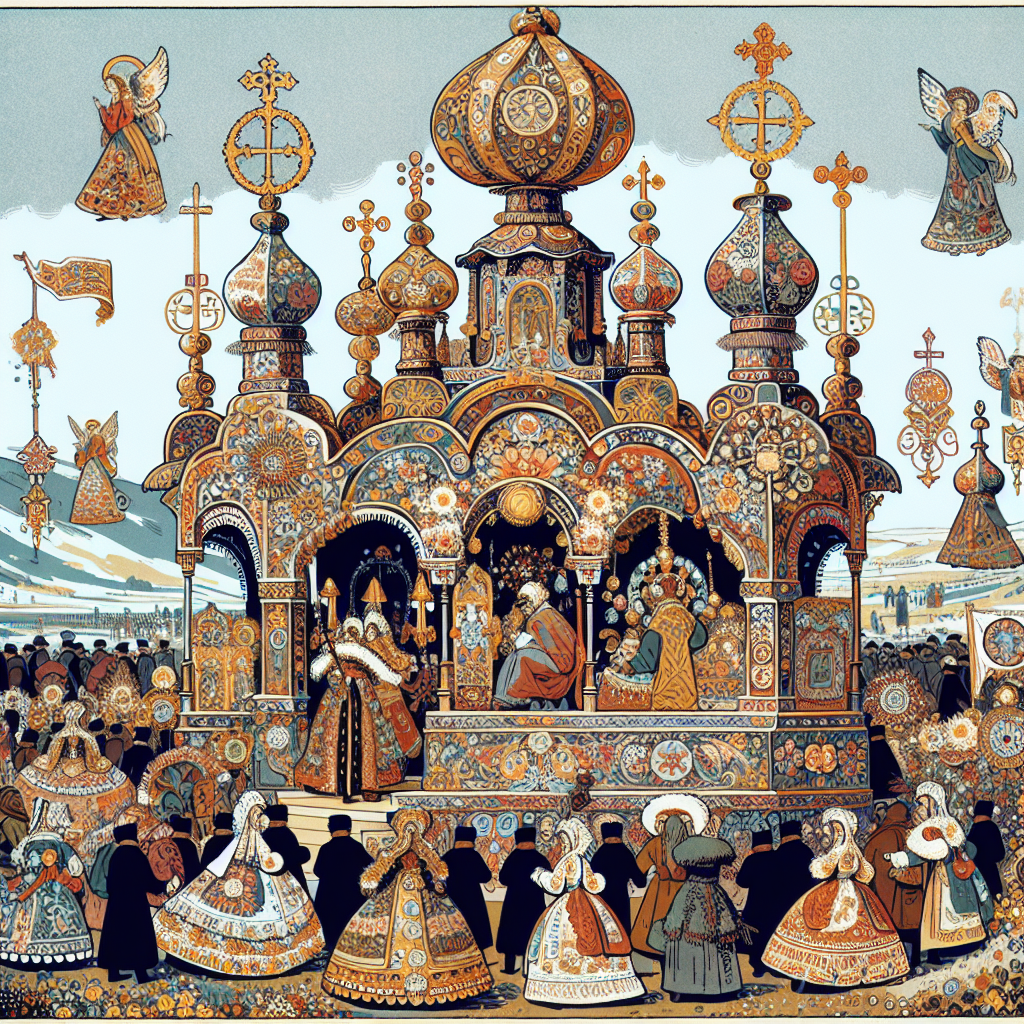Class Hierarchies
As you navigate through Tsarist Russia, you would quickly become aware of the rigid class system. The nobility enjoyed immense privileges while serfs lived with limited freedoms—a reality that might shock you given your expectations of social equality today. In “Russia Under the Old Regime,” Richard Pipes delves into the stark divide, highlighting how nobles wielded power over vast estates and serfs who were bound to their landlords’ land as property. Your contemporary understanding of legal rights and social mobility would be challenged by this entrenched system where personal advancement was nearly impossible for those born into lower classes.


Health and Sanitation
Confronting healthcare during your travels through 1850s Russia would likely evoke both fear and gratitude. William Cockerham’s “Health and Social Change in Russia and Eastern Europe” paints a picture of an era plagued by disease with rudimentary medical care available. It might be hard to believe that germ theory was not widely accepted at this time; instead, illnesses were often treated with superstition or herbal remedies. Compared to modern healthcare systems equipped with advanced technology and extensive medical knowledge, the conditions then were quite dire—especially for those outside the wealthy elite who had little access to professional doctors.


Culture and Social Dynamics
Immersing yourself in Russian culture during this time would be disorienting yet enlightening. According to James H. Billington’s “The Icon and the Axe: An Interpretive History of Russian Culture,” the church was a dominant force influencing not only religious beliefs but also societal norms and education. Festivals organized around religious events structured social life quite differently from what you are accustomed to today where secularism prevails in many societies. Gender roles were rigidly defined with arranged marriages commonplace—contrasting sharply with contemporary ideals of individual choice and gender equality.


Architecture
Wandering through Russian cities like St. Petersburg or Moscow, you would marvel at familiar architectural styles such as Baroque or Neoclassicism evident in grand edifices like The Winter Palace or St. Isaac’s Cathedral—styles that have endured into modern times. Dmitry Shvidkovsky’s “Russian Architecture and the West” details these influences on Russian architecture that blended traditional Russian elements with European styles creating structures that still capture our admiration today.


Fashion
The fashion scene in 1850s Russia varied greatly across different classes. While nobility donned elaborate European-influenced attire as depicted in “Russian Elegance: Country & City Fashion from the 15th to the Early 20th Century” by L.Yefimova & T.Aleshina; peasants wore practical garments suitable for their labor-intensive lives—a reflection of their status within society’s hierarchy.
Cuisine
Exploring traditional Russian cuisine would be one of your most adventurous experiences—you’d be tempted by staple foods like black rye bread or potatoes that remain part of Russia’s culinary heritage today as noted in “The Food and Cooking of Russia” by Lesley Chamberlain. Tea culture endures as well; samovars are still used for serving tea—a charming tradition linking past with present.
Traveling through Russia in the 1850s reveals shifts over time but also aspects that have persisted into modernity—from architectural splendor to culinary traditions—that continue to shape cultural identity today. Understanding historical contexts enriches our appreciation for societal progress while also providing perspective on current norms and values. By examining these contrasts, you gain insight into how far society has come—and what remains fundamentally unchanged—in shaping our human experience.
References:
– Pipes, R., (1974). “Russia Under The Old Regime”. Scribner.
– Cockerham W.C., (1999). “Health And Social Change In Russia And Eastern Europe”. Routledge.
– Billington J.H., (1966). “The Icon And The Axe: An Interpretive History Of Russian Culture”. Vintage Books.
– Shvidkovsky D.O., (2007). “Russian Architecture And The West”. Yale University Press.
– Yefimova L., Aleshina T., (2012). “Russian Elegance: Country & City Fashion From The 15th To The Early 20th Century”. Vivays Publishing Ltd.
– Chamberlain L., (1982). “The Food And Cooking Of Russia”. Penguin Books Ltd.

